Using a brainwave measuring device connected to software on a phone, a group of students from Hanoi University of Science and Technology helps detect drivers' drowsiness early and wakes them up again.
These days, Nguyen Tuan Dat, a second-year student majoring in Vietnam-Japan Information Technology at the School of Information Technology and Communications, Hanoi University of Science and Technology, and his group members are busy preparing for the Young Creativity Contest. This is an annual contest to encourage creativity among students, attracting hundreds of students from technical universities.
The product that Dat's team brought to the competition, "Awake Drive - Technology to monitor and maintain driver alertness", made it to the top 5 finalists. Previously, this product won first prize in the Student Creative Idea Competition organized by the School of Information and Communication Technology, Hanoi University of Science and Technology in 2023.
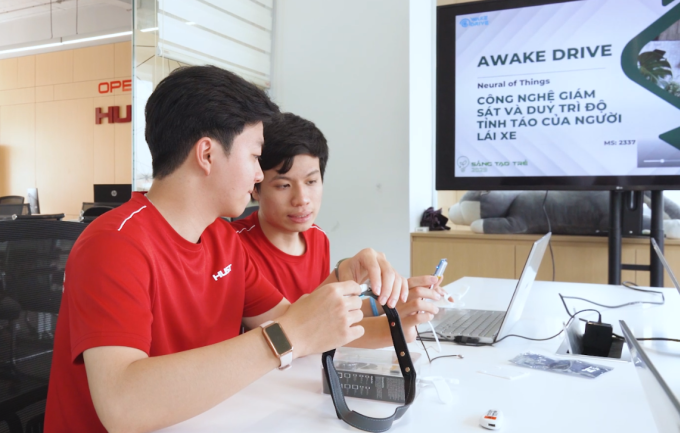
Tuan Dat (right) and Tran Van Luc, students of the School of Information Technology and Communications, Hanoi University of Science and Technology, discuss Awake Drive. Photo: Character provided
Dat said he had the idea to create Awake Drive before he became a student at Hanoi University of Science and Technology. While watching a TV program about long-distance drivers often getting sleepy and having to use energy drinks, coffee, and even drugs to stay awake, Dat wanted to apply information technology to solve this problem.
Expanding his search for information, Dat found WHO statistics from 2019 that each year about 1.35 million people die and tens of millions are injured in traffic accidents, of which about 10-15% are related to lack of sleep.
There are some products on the market that warn drivers of drowsiness, but they mainly use cameras and most only warn when there are obvious signs of drowsiness such as yawning, eyes drooping, head tilted forward or back.
Dat believes that warnings when these signs appear are slow, and even the sudden warning signal can startle, leading to danger. Not to mention, the devices currently on the market do not have the function to help drivers regain consciousness. Drivers have to use drinks and stimulants that are harmful to their health.
Therefore, the young man is even more determined to create a product to help drivers overcome drowsiness while participating in traffic.
Having studied brainwave technology and thought that it could be applied, when he entered the Polytechnic University, Dat shared his idea with Dr. Trinh Van Chien, Head of the Laboratory of Computer Networks and New Generation Communication Technology.
With the support of Mr. Chien, Dat founded the group more than a year ago and began researching and developing the product. Currently, the group has 9 members, of which 8 members are second and third year students at Hanoi University of Science and Technology, and one is a third year student at the National Economics University.
Explaining brainwave technology, Dat shared that when thinking, brainwaves are generated and the device will measure and analyze them. If awake, thinking will be fast and brainwave frequency will be fast. On the contrary, when sleepy, thinking will be slow and brainwave frequency will also be slow.
Based on that, the team created a product consisting of a brainwave measuring device and Awake Drive software on the phone. When the user wears the device, brainwave data is sent to the phone via Bluetooth. The software uses fast, lightweight machine learning algorithms and a number of other algorithms to analyze and determine the driver's alertness.
Dat's team applies the phenomenon of brainwave entrainment, so that the software plays Isochronic rhythms with the frequency of fast brainwaves, through the speaker system in the car or on the phone, helping to attract the brain to work faster, making the user awake again.
Laboratory testing results show that the product is currently 92% accurate. The team has not detected any side effects when used for a certain period of time.
Dat said the product uses AI, IoT and brainwave technology. During the research and development process, the group encountered many difficulties because at the beginning, they were only first-year students, with insufficient knowledge while the research stages were "quite heavy".
"We have the idea, but to make the product work stably and measure accurate data, we have to research deeply and it takes a lot of time," Dat said.
Dr. Trinh Van Chien, the group's instructor, shared that despite the difficulties, the students were very enthusiastic. When they first started, lacking much knowledge about hardware or AI, the group diligently researched the Internet and the school library, following the instructor's guidance.
"Thanks to good English, you can learn by yourself. With difficult knowledge about AI or digital signal processing, you can always discuss immediately with your instructor and any teacher at Bach Khoa," said Mr. Chien.
Video: Fanpage of Polytechnic Students Research - Innovation - Startup
Vo Thi Quynh Anh, a third-year student majoring in International Business at the National Economics University, joined the group a few months ago because she saw the potential and significance of the product. In charge of market research, image development, and proposing development directions based on user needs, Quynh Anh said she also encountered difficulties.
"We study in different classes, and the school workload is very heavy, so it's difficult to arrange time to work together. We often have meetings from 10pm to 1-2am the next morning," Quynh Anh shared.
However, Quynh Anh is glad that the members are very serious about the product, hoping to establish a business by early 2025 and move towards bringing the product to market.
In the immediate future, the group hopes to receive guidance or investment from experts and businesses through the competition.
According to Dat, the team continues to improve the product to create a more comfortable and pleasant earpiece. With the software, the team will collect more data to achieve higher accuracy, aiming for personalization. At the same time, the team tries to offer a reasonable price, competitive with the sleep warning products currently on the market.
In the distant future, Dat said he will research and apply this technology product to improve learning and working performance by enhancing user concentration, and bring it into the medical field.
"We are thinking of applying the product in diagnosing autism to find ways to intervene early," Dat informed.
Source link


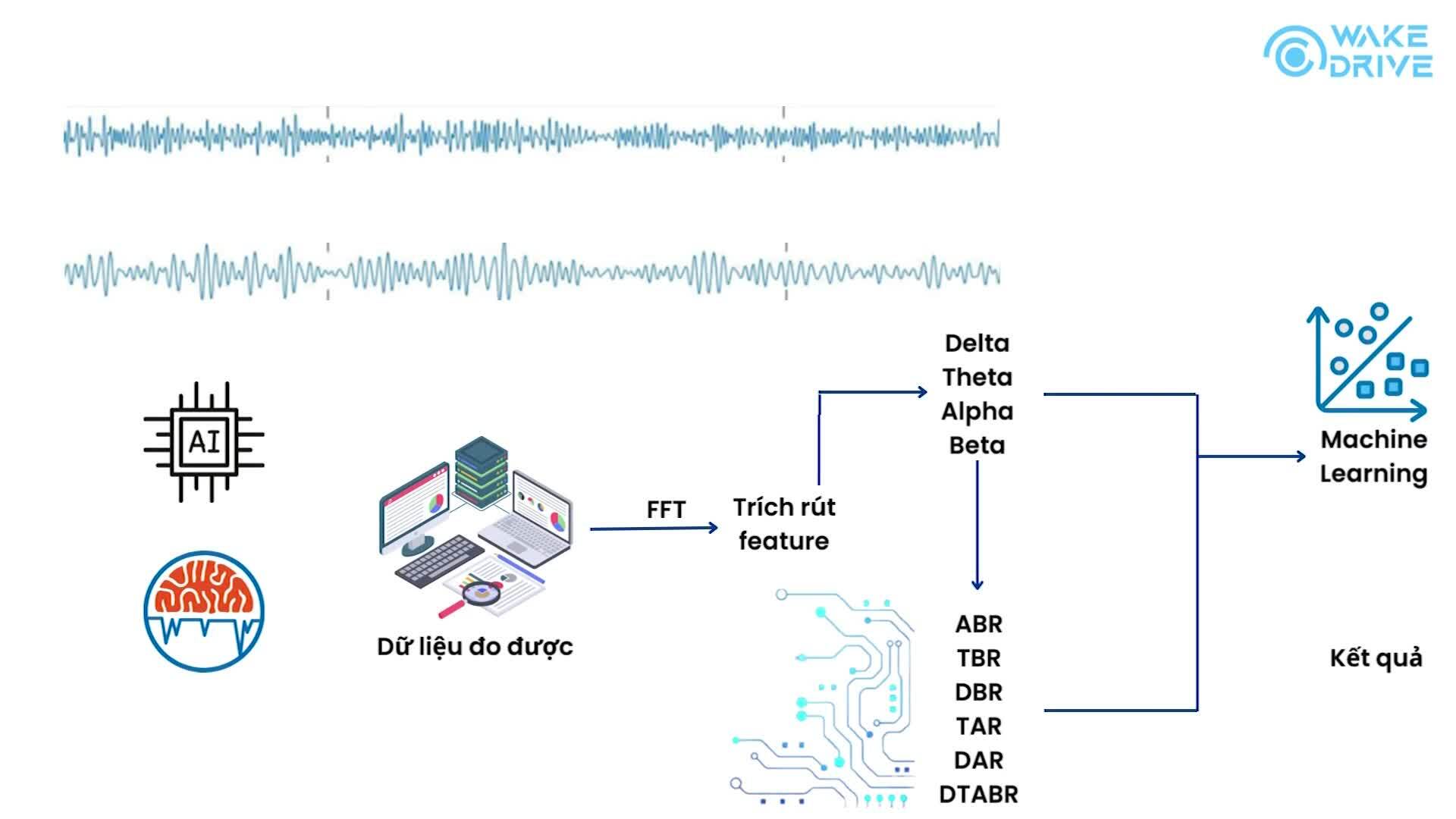


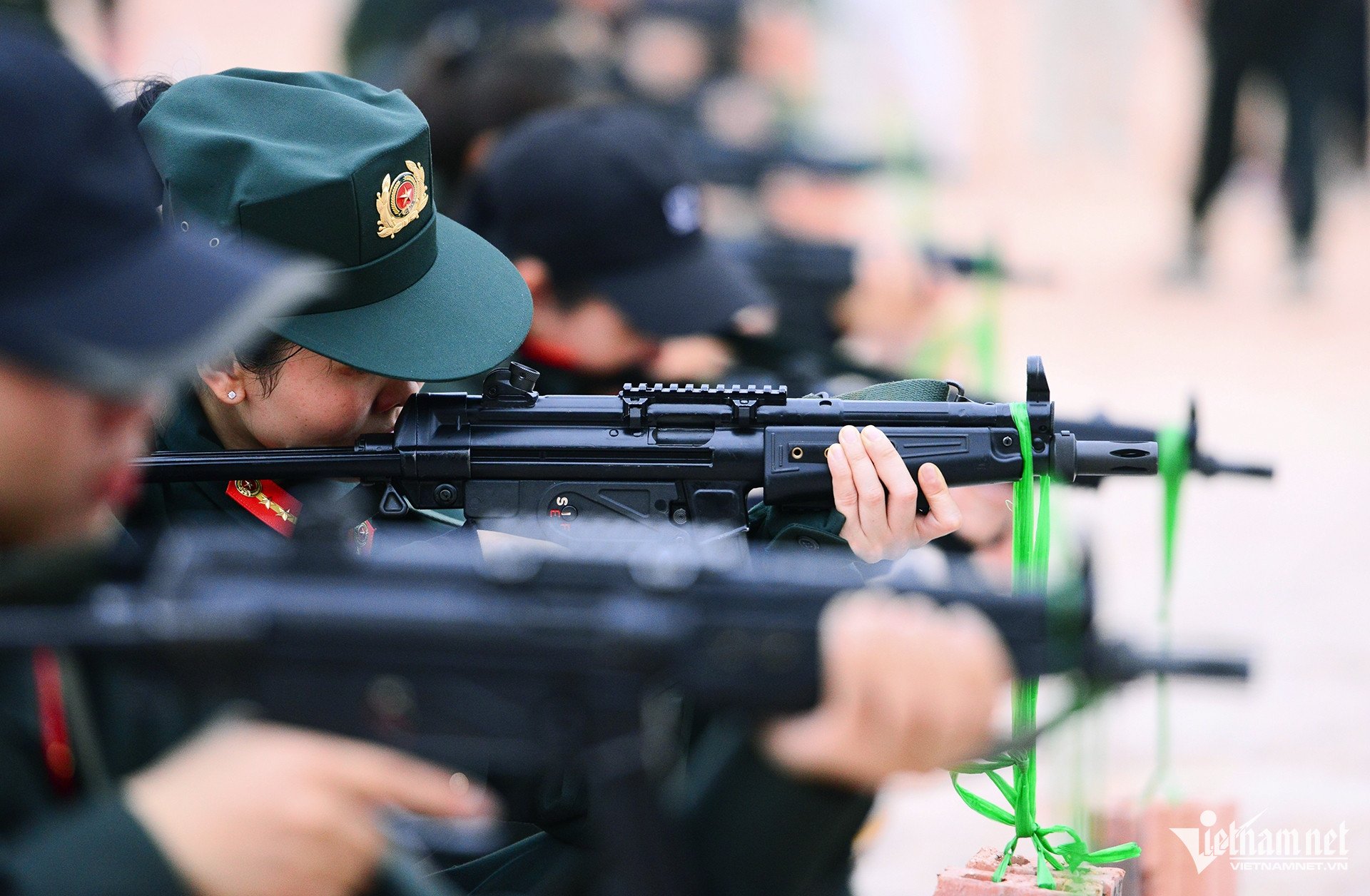



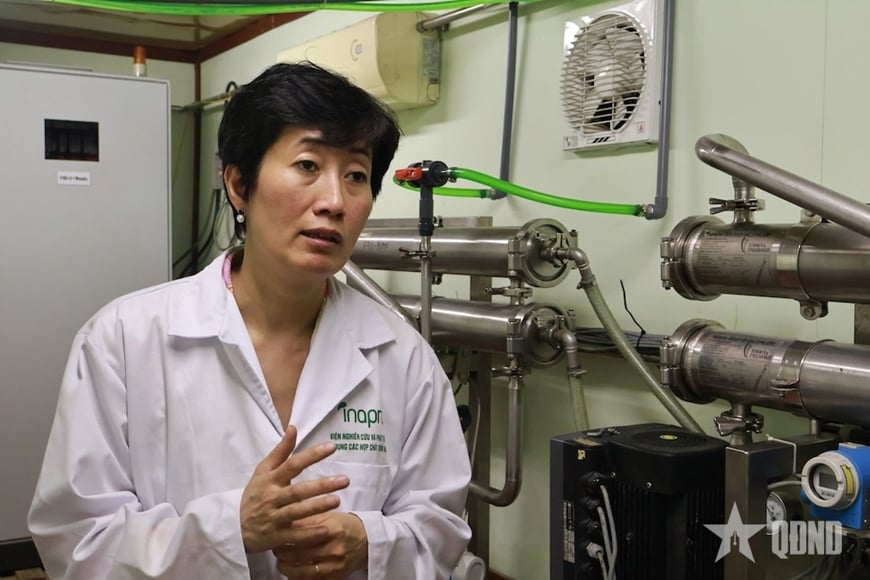

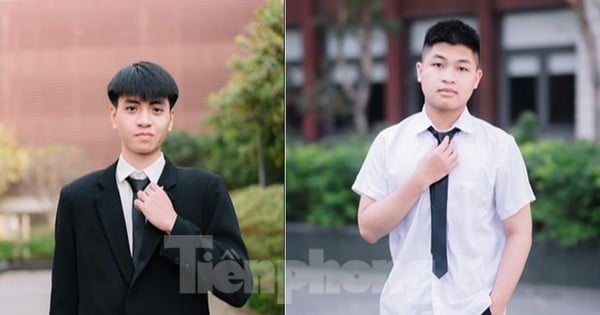

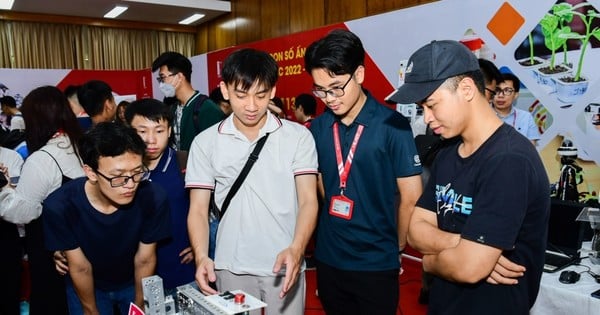
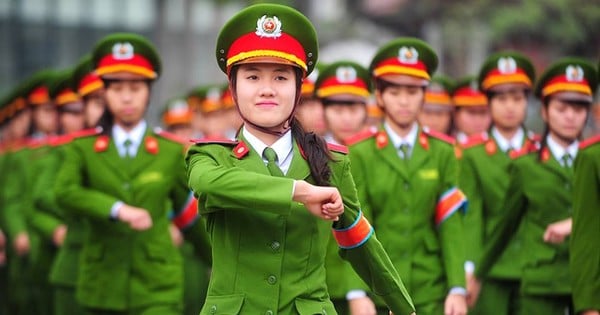
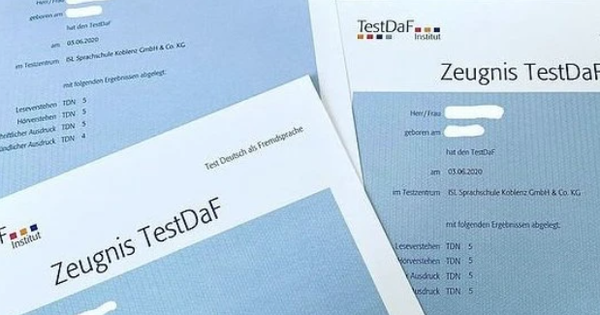
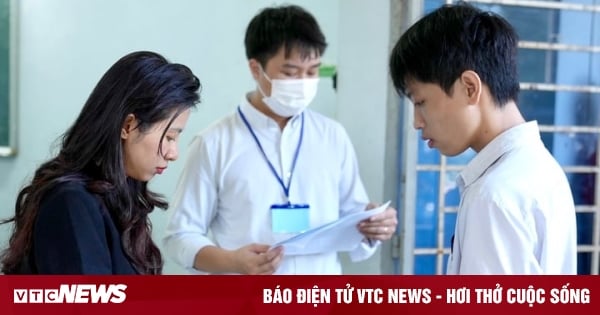

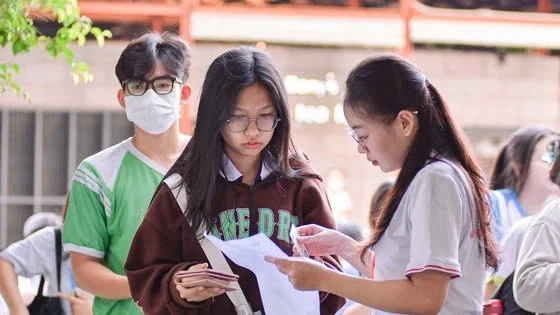
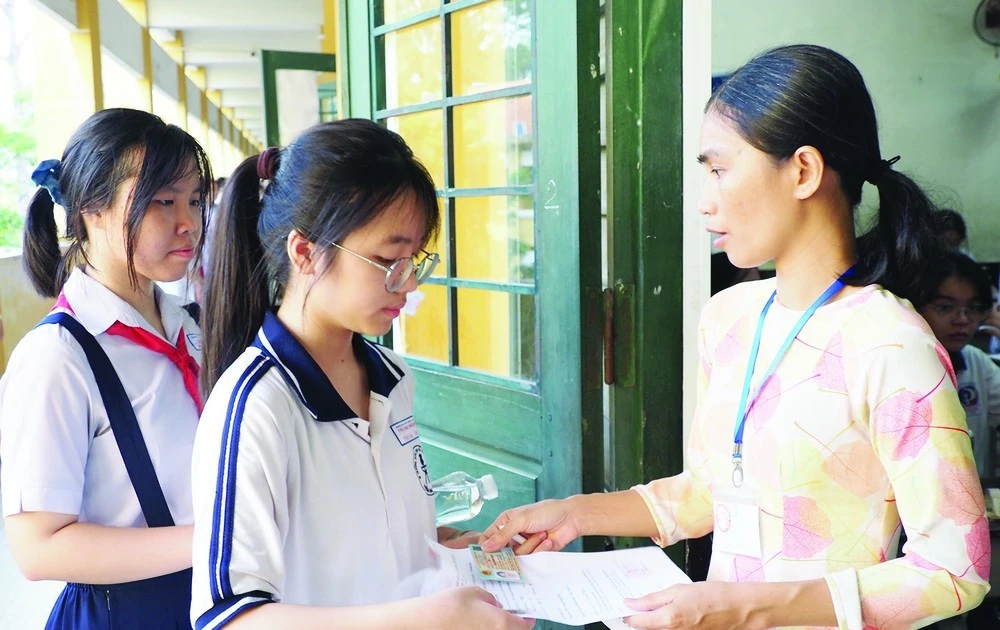
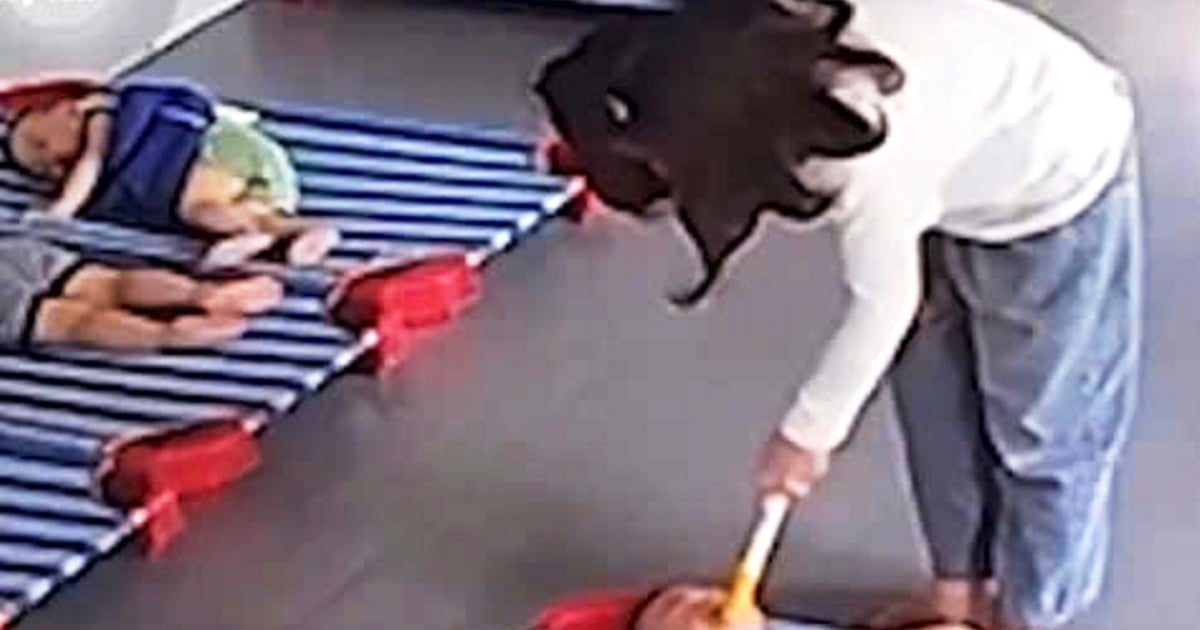
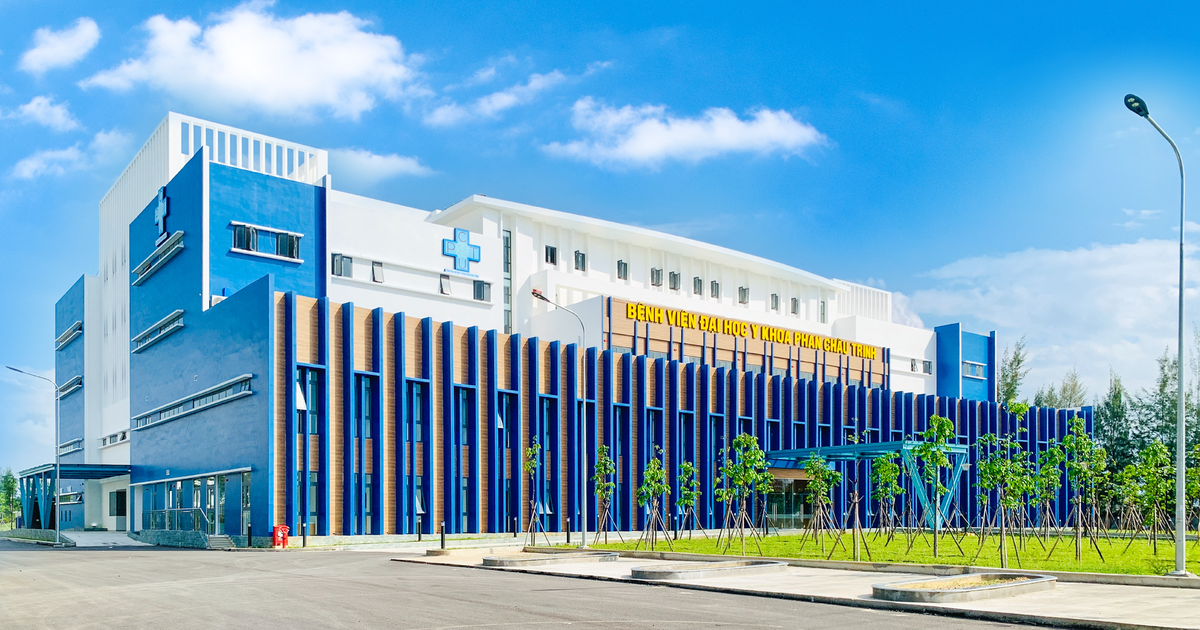
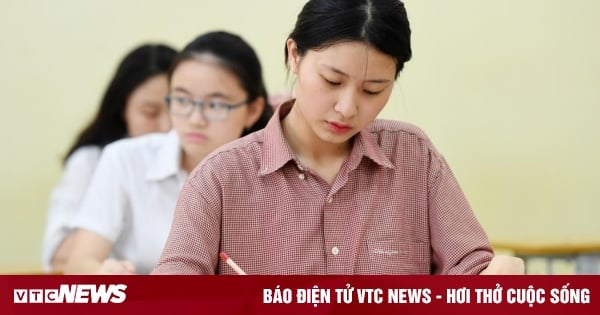










![[Photo] "Beauties" participate in the parade rehearsal at Bien Hoa airport](https://vstatic.vietnam.vn/vietnam/resource/IMAGE/2025/4/11/155502af3384431e918de0e2e585d13a)






























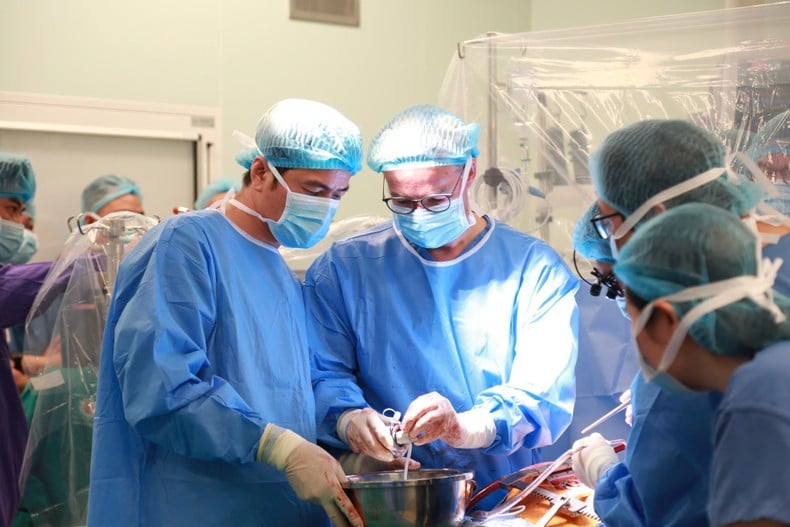
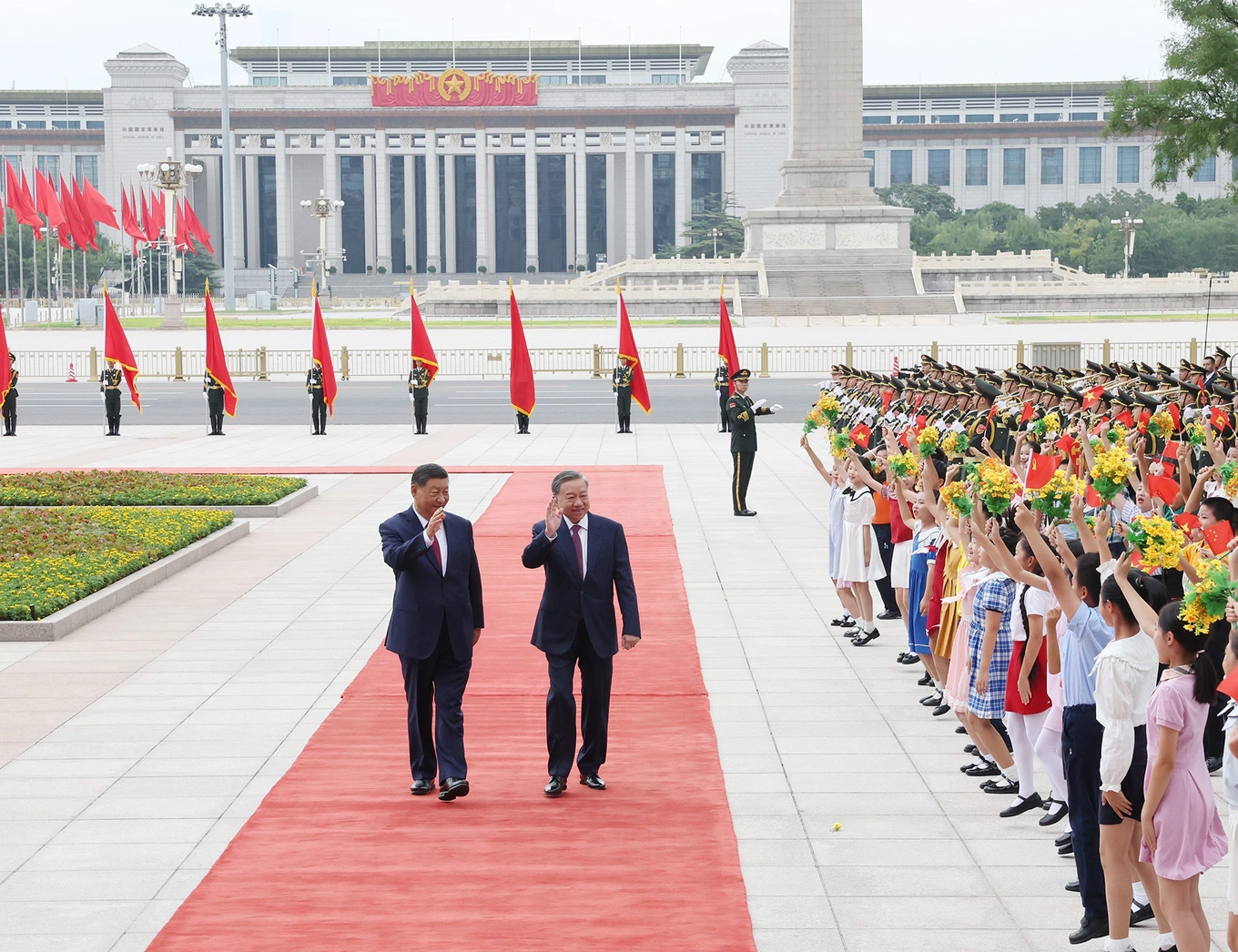
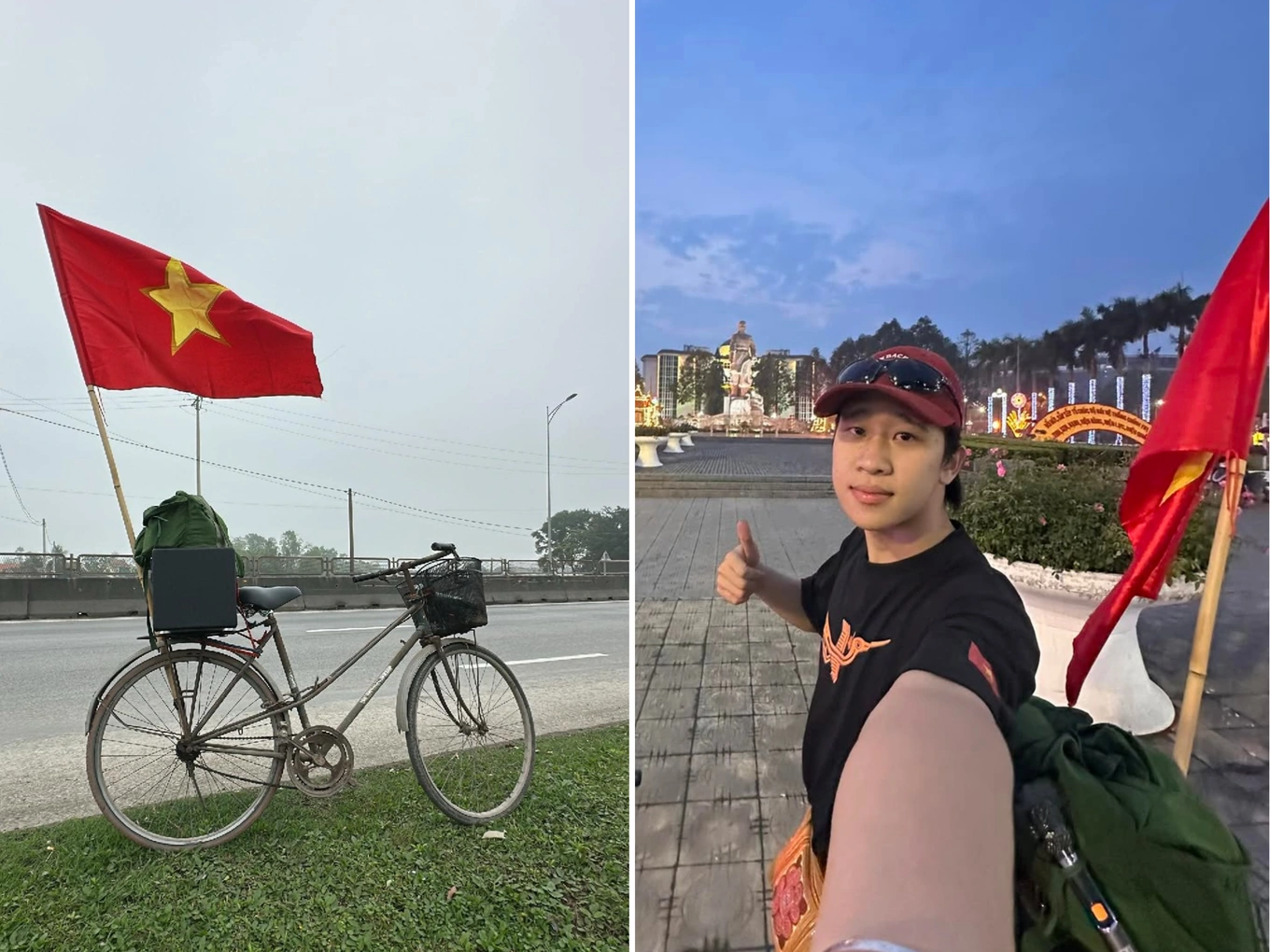
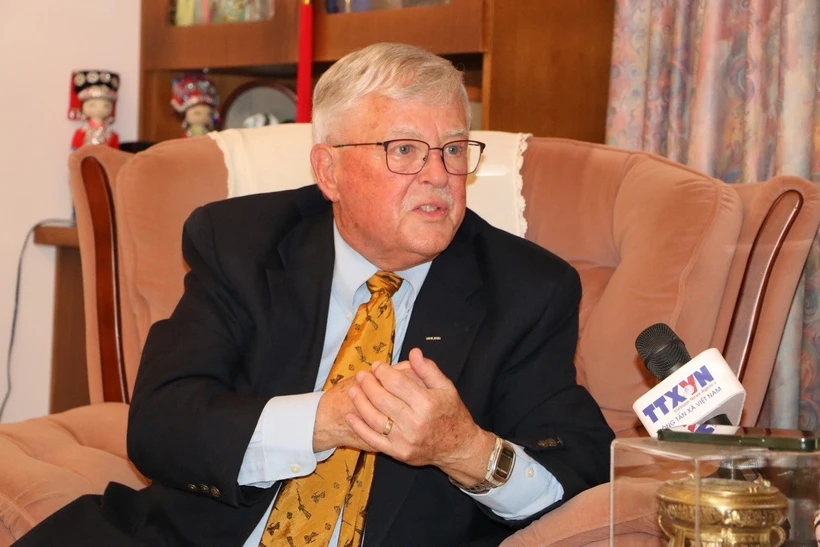

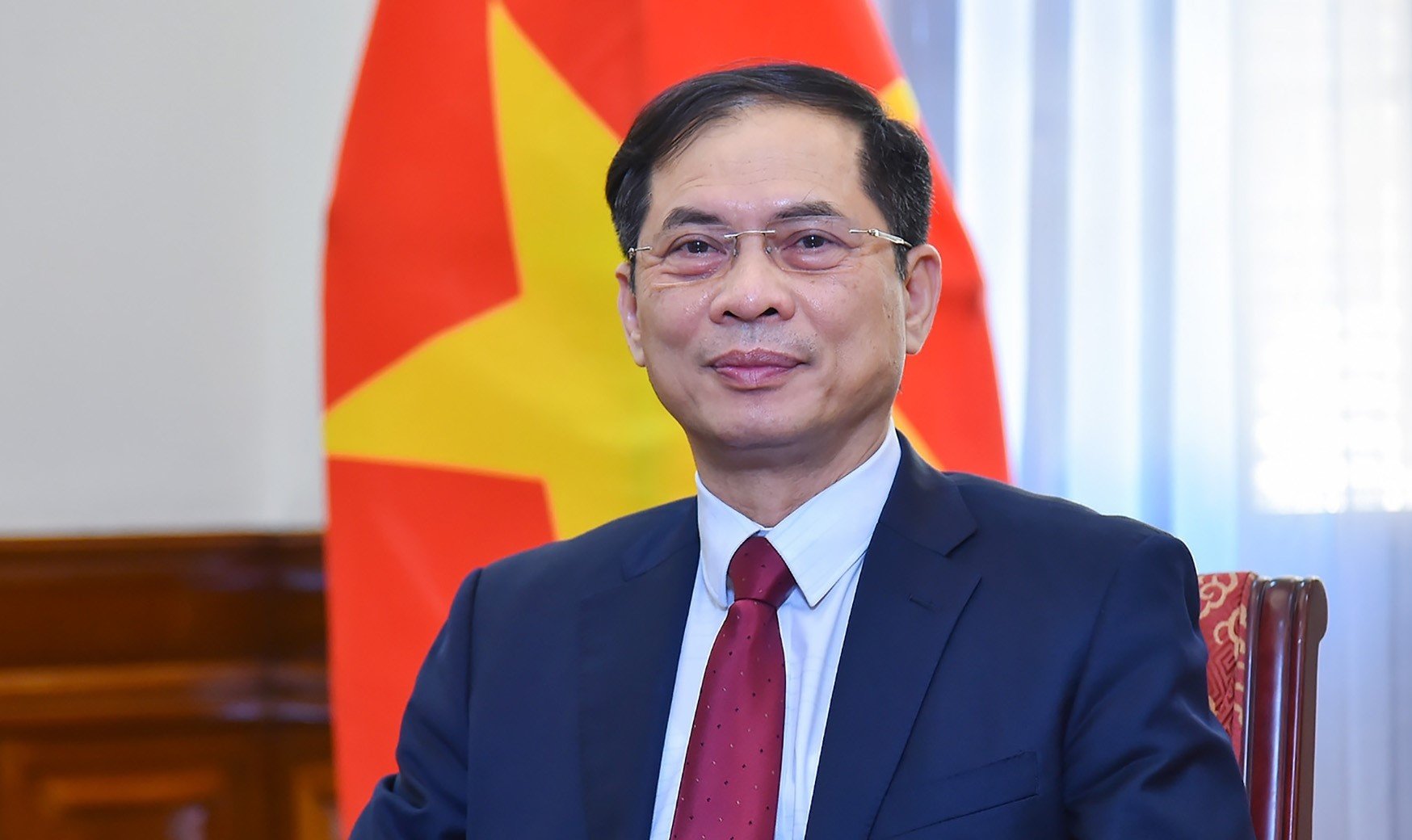






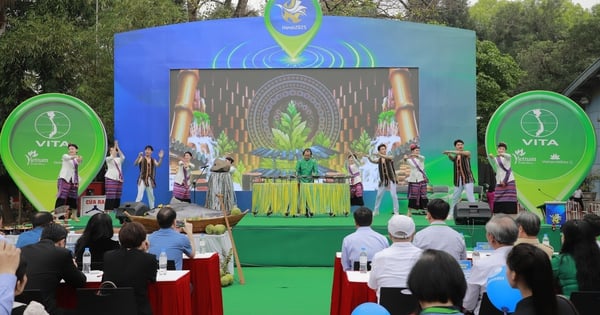

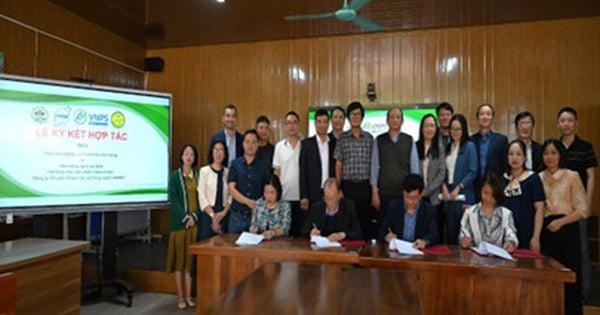

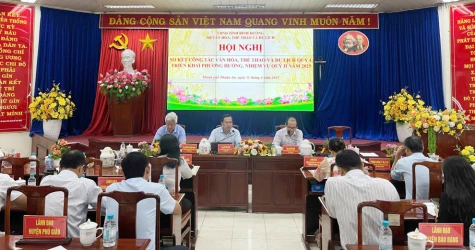

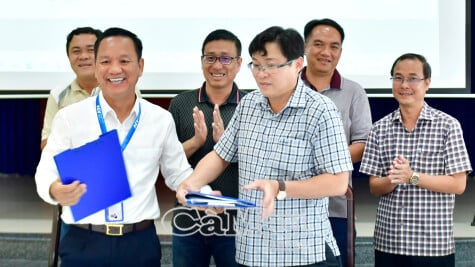
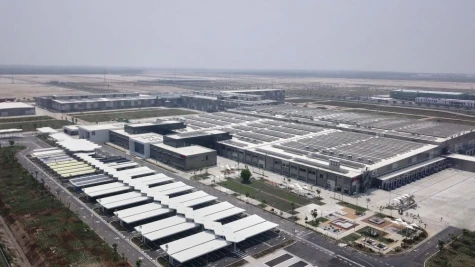
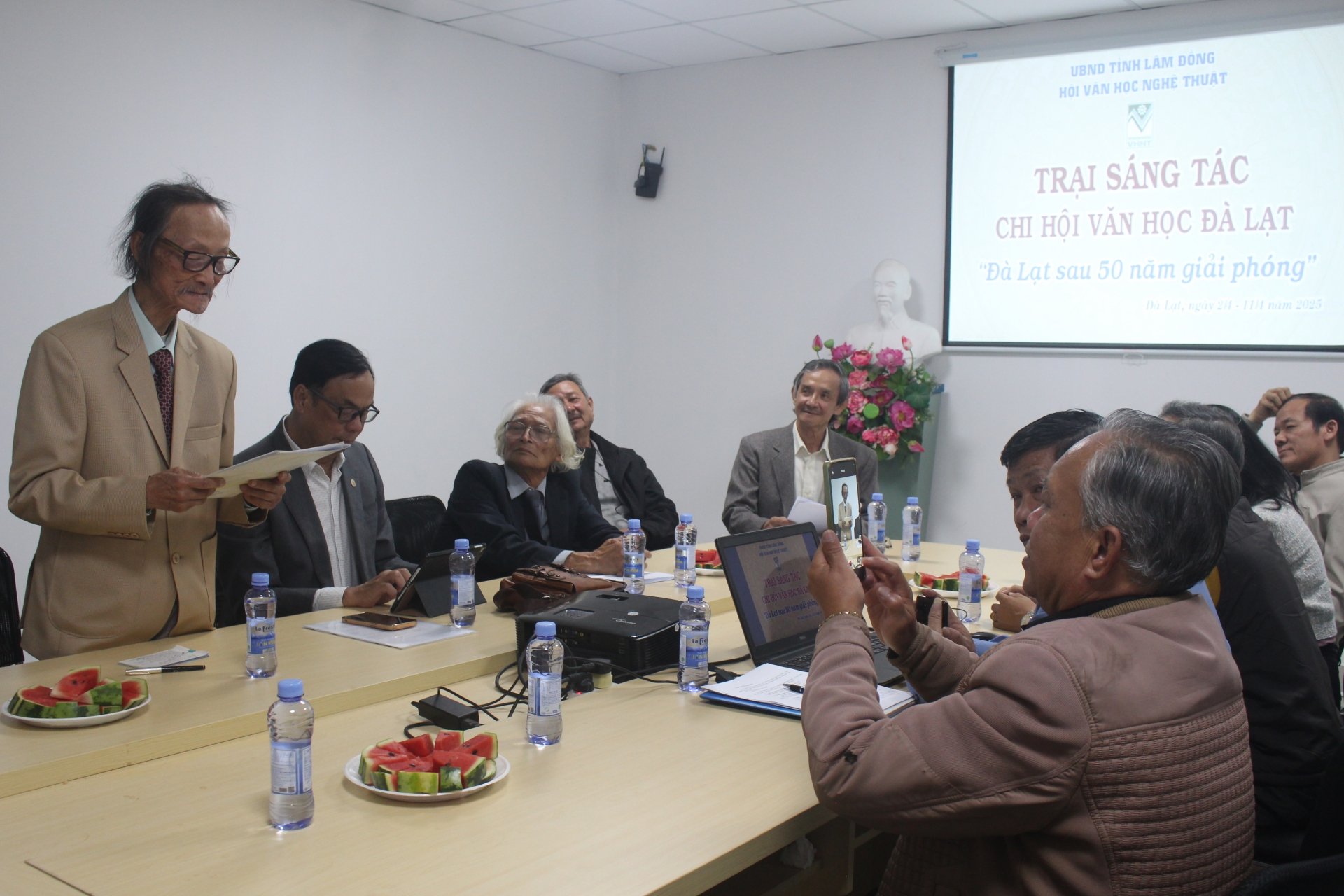

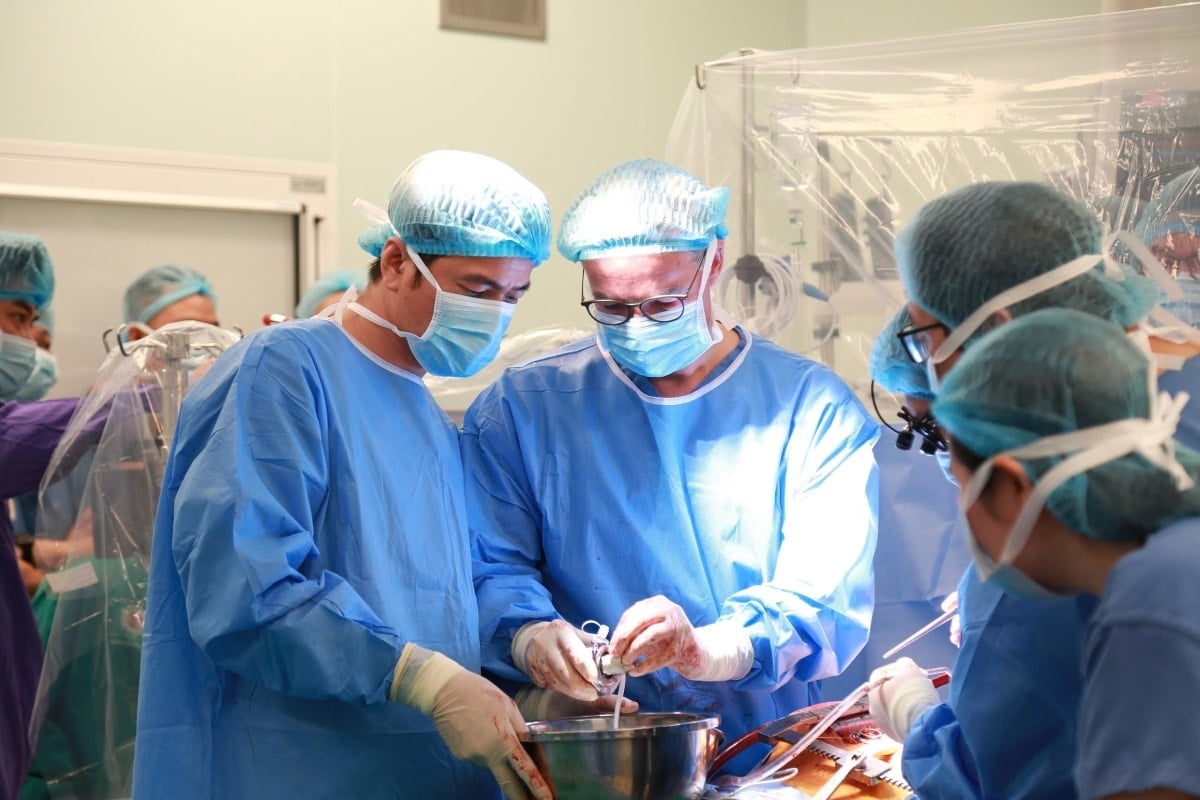

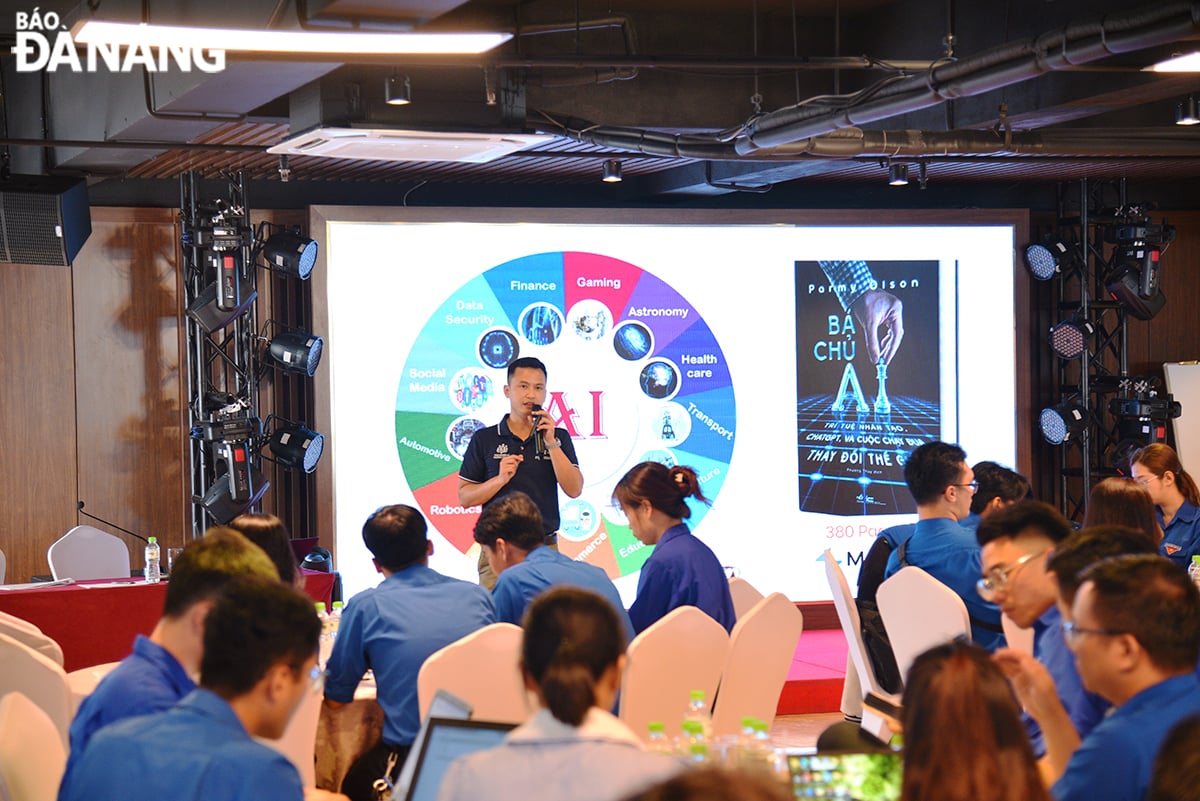











Comment (0)